It is a biological truth that in most cases of human canoodling some modest amount of various and sundry bodily fluids are produced. (Indeed, many female humans in the author’s aquaintence have had occasion to note that some male specimen seem to produce excessive saliva when mating rituals such as “necking” are undertaken. What is with that, anyway?)
Well, ladies and gentlemen, imagine your horror should you find that your mate had the habits of Engystomops pustulosus (formerly known as Physalaemus pustulosus.) When mating, the eager male frog positions himself atop the female and starts to pulse rhythmically (not to say monotonously, though some lady frogs might complain on that account). As a result, the female releases a foam producing solvent which the male’s gyrations froths up into a giant, floating foam nest that protects the fertilized eggs “from dehydration, sunlight, temperature, and potential pathogens until the tadpoles hatch.”
Very creative. And very… well, unsavory, frankly. But if one is a Tungara frog, one might find such foamy emmissions quite provocative. And the author suspects that should she look hard enough, she would find internet porn for that.



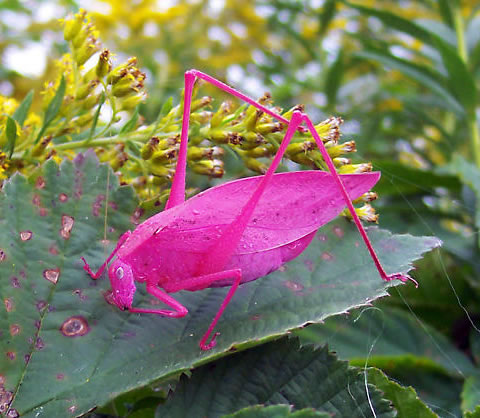


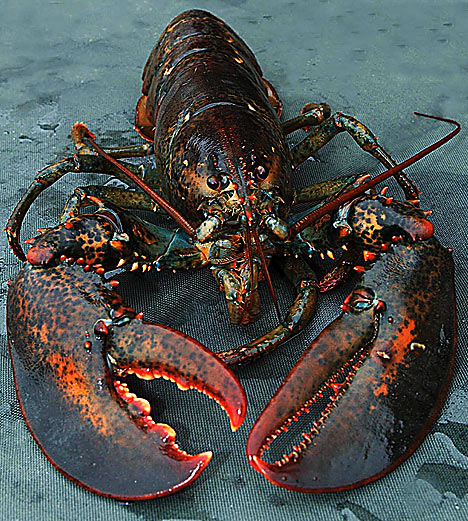
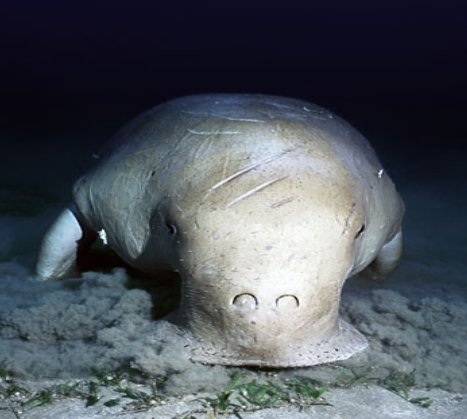
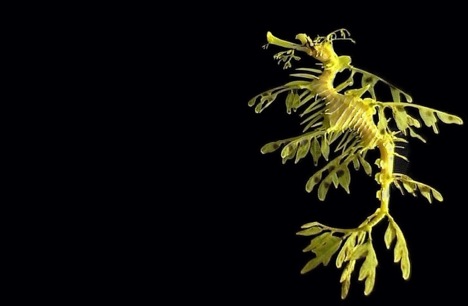
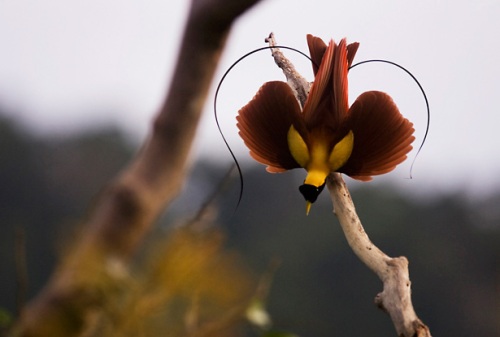
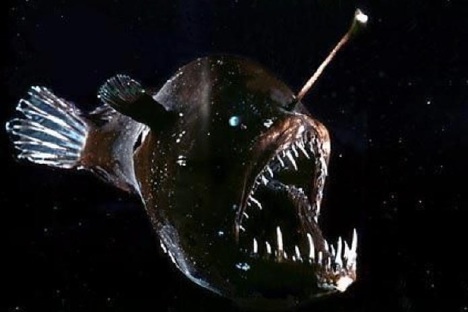
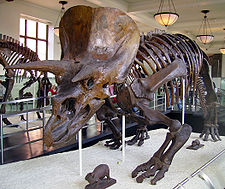
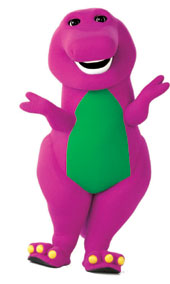
Chimpanzees: Will F*%@ for Meat
Chimps- mother nature's "working girls"
The BBC reported yesterday that a strange new facet of primate behavior has been documented amongst chimpanzees living in the Tai forest reserve, in Ivory Coast: the females will get down more often with males who share their grub. Cristina Gomes, from the Max Planck Institute for Evolutionary Anthropology in Germany, reports that this is a win-win proposition for the primates. “By sharing,” she claims, “the males increase the number of times they mate, and the females increase their intake of calories.” The author of BV is unsurprised that the “meat for sex hypothesis” (its real name) has been confirmed: the chimps’ priorities seem familiar enough from the human dating world, though *some* human females prefer shiny baubles to hanks of raw meat.
Leave a comment
Filed under Phobia-inducing, rated NC17, the strange and the beautiful, Uncategorized
Tagged as animals, BBC, books, chimpanzee pic, chimpanzees, chimps, commentary, current events, darwin, funny, humor, humour, irony, love, marriage, mating rituals, parody, pics, relationships, romance, sex, stereotypes, wierd animal behavior, writing